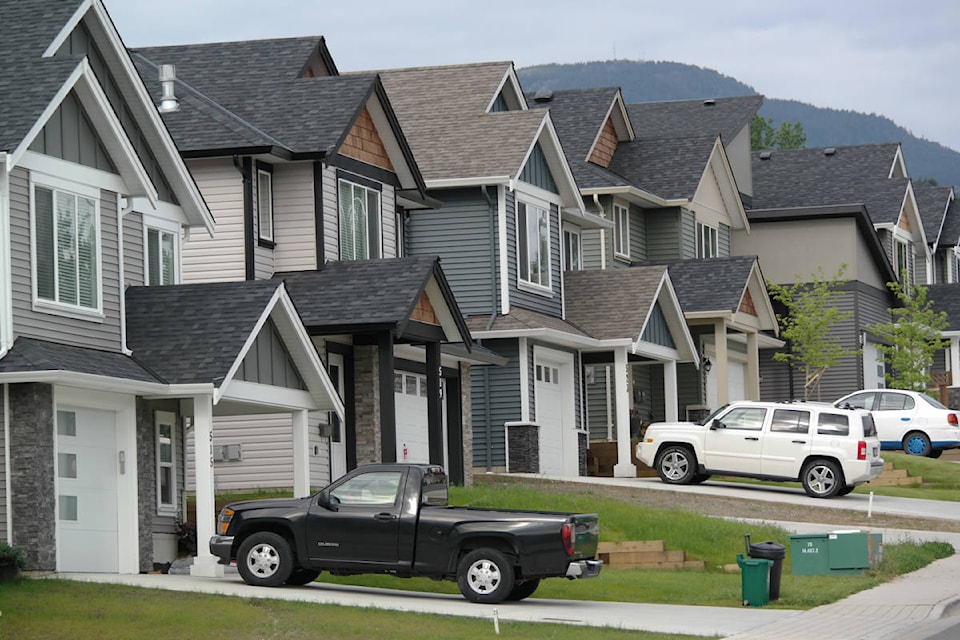The Regional District of Nanaimo area could require 77,700 units of housing by 2026 in order to meet demand, projects an RDN housing report.
A study, prepared for the RDN by City Spaces Consulting Ltd. and Van Struth Consulting Group, was initiated last year to better comprehend RDN housing needs and according to the report, the region will require an estimated 600 units per year to reach 77,725 housing units by 2026, as a base growth scenario. Based on a high-growth scenario, 80,558 units of housing, an estimated 941 units a year, would be needed.
“The region is experiencing steady growth,” Kim Fowler, RDN manager of long-range planning, sustainability and energy, said at a June 9 meeting.
She said the region’s current population is 172,000 and the projected increase is 6,500 people in the next five years.
Of the 70,690 housing units in the region currently, 72 per cent are owned by residents, 25 per cent are rental, two per cent are subsidized and one per cent are for emergency shelters, according to Fowler’s presentation.
“The average annual number of building permits issued suggests that development is able to keep pace with the number of units needed for housing,” said Fowler. “It also indicates opportunities for further guidance and promotion of diversification to help address the future housing needs in the region.”
A healthy rental market, according to the report, sees a three-per cent vacancy rate and while it was 4.3 per cent in 2011, it has since dropped below three per cent in the Nanaimo area, according to Fowler.
”Recent trends, starting around 2015, show a decrease to around one per cent or less,” said Fowler. “The City of Nanaimo has a recent increase in purpose-built rental units and now has a vacancy rate of 2.4 per cent, so that’s an exception or an improvement. Parksville has also built significant amount of purpose-built rental units, but the vacancy rate is still at 0.2 per cent. So that rate is quite low and is a concern.”
RELATED: RDN to create regional strategy on affordable housing
RELATED: RDN to commission study on housing
According to the report, average resale price for a single detached home in Nanaimo increased to $550,200 from $325,600, from 2013-18, an increase of 69 per cent. Also in that time, average resale price for a townhouse in Nanaimo increased to $347,200 from $209,900 (65 per cent increase), while average resale price for a Nanaimo apartment increased to $323,500 from $187,300, or by 73 per cent.
“The gap between income and affordable housing therefore is continuing to grow and that is due to the cost of both increase in rentals and increase in cost of home ownership,” said Fowler.
She said some of the housing gaps identified are accessible and adaptable housing, rental housing, low-barrier rental housing and affordable ownership options.
Proposed next steps include developing policy options to address identified needs and seeking input on options as part of an update to the RDN regional growth strategy. Staff also propose development of a housing strategy, which Fowler said is part of the regional district’s strategic plan.
reporter@nanaimobulletin.com
Like us on Facebook and follow us on Twitter
